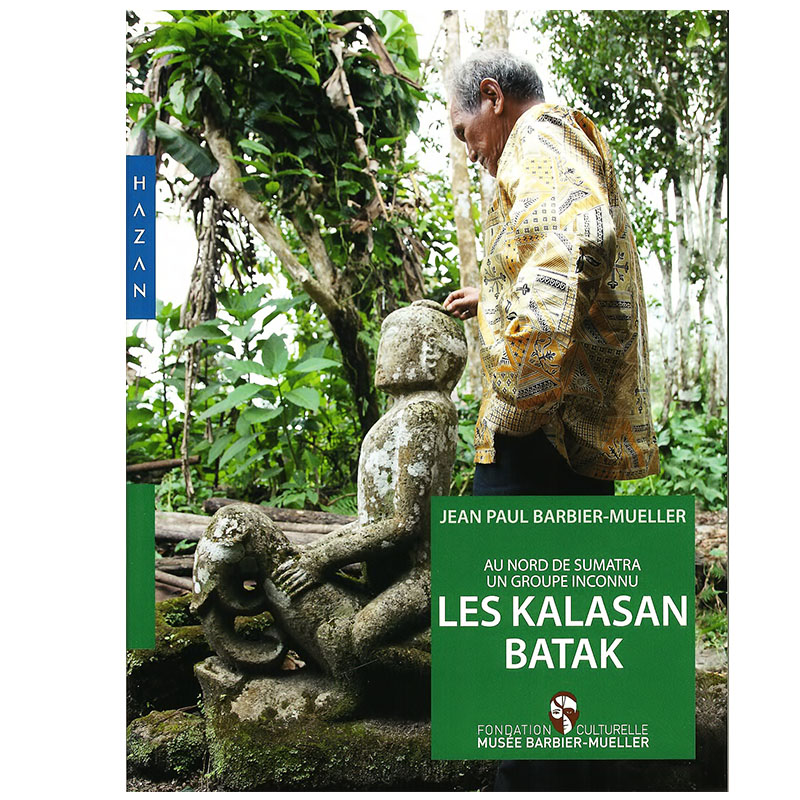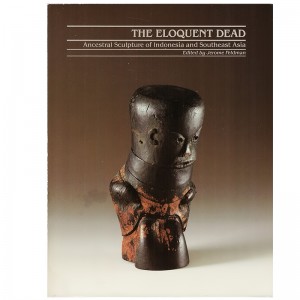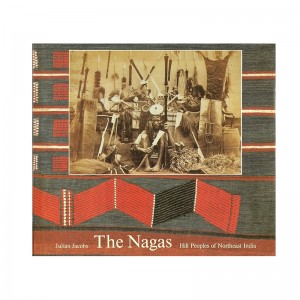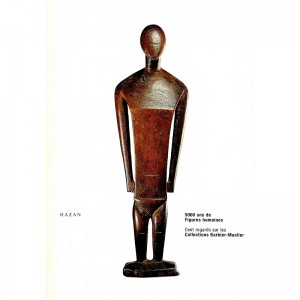LES KALASAN BATAK
Subtitle: North of Sumatra, an unknown group
Author: Barbier–Mueller J.-P.
Material Type: general or thematic Work
Publisher: Editions Hazan, Paris, 2011. Paperback, 8vo, size: 18 x 24 cm, ISBN 9782754106177
Content: 236 p, 3 cards, library, numerous illustrations and photographs in b / w and color, glossary, index
State of the work: Very good condition
Description
The Batak are known for some time. Marco Polo refers to these “cannibals” of northern Sumatra, an Indonesian island located on the equator. From the sixteenth or seventeenth century, the Batak procure firearms, raise horses and traded with the Dutch and Portuguese navigators. Made up of several ethnic groups, the Batak still live in the north of the island of Sumatra, in a mountainous region dug steep valleys. One group of Batak, the Kalasan were dead letter for ethnology. Jean Paul Barbier-Muller has made many trips to Sumatra, where he discovered the Kalasan, from the Batak, it has today in this book. The practice Kalasan incineration bones of the dead and the making of equestrian ancestral stone effigies. Deeply imbued with ancestral customs, Kalasan Batak have produced many objects related to their ritual practices and their daily lives punctuated by a complex system of interactions. Attention to detail in the works of small dimensions, the artists demonstrate a keen sense of the ornament when it comes to monumental pieces. Masters in woodworking, combining with entanglement and superposition skill, they are also great stone sculptors. A preliminary study of mythology, religion and the social and political organization is required to present this little known fact that people are Kalasan Batak.
Additional information
| Weight | 1010 g |
|---|---|
| Dimensions | 18 × 24 cm |
Related Products
-
THE ELOQUENT DEAD
115,00 €Subtitle: Ancestral Sculpture of Indonesia and Southeast Asia Author: J. FELDMAN Material Type: Exhibition Catalogue. UCLA, Frederick S. Wight Art Gallery: October 8 to November 24, 1985 Publisher: UCLA Museum of Cultural History, Los Angeles, 1985. Paperback, 4to, dimensions: 21.5 x 28 cm, ISBN 0-930741-04-8 Content: 204 p, 231 ill.. b / w, 15 ill.…
-
THE NAGAS
40,00 €Subtitle: Hill Peoples of Northeast India Author: L. Perrois Material Type: general or thematic Work Publisher: Thames & Hudson Ltd, London, 1990. Hardcover with binding of draped beige editor under jacket illustrated in very good condition color, in-4, size: 25 x 23 cm, ISBN 9-780500-973882 Content: 360 p, 2 cards, library with 700 photographic illustrations…
-
BATAK
45,00 €Subtitle: KUNST AUS SUMATRA Author: A. Sibeth Material Type: Exhibition Catalogue. Museum für Völkerkunde, Frankfurt am Main: 11/03/2000 - 28/02/2001 Publisher: Museum für Völkerkunde, Frankfurt am Main, 2000. Paperback, 4to, size: 21 X 28 cm, ISBN 3-88270-399-7 Content: 191 p, 26 b / w photos, 115 col photos, 5 pl.n / b, 31 pl.coul, 1…
-
5000 ANS DE FIGURES HUMAINES
49,00 €Subtitle: A hundred eyes on the Barbier-Mueller Collections Authors: Barbier-Mueller J.-P. Material Type: Exhibition Catalogue. Mona Bismarck Foundation, Paris: 19.09 - 02.12.2000 Publisher: Editions Hazan, Paris, 2000. Hardcover cardboard with burgundy color editor under jacket illustrated in very good condition color, in-4, DIMENSIONS / 24 x 30.5 cm? ISBN 2-85025-734-6 Content: 214 p, 200 Color…
20,00 €
1 in stock








